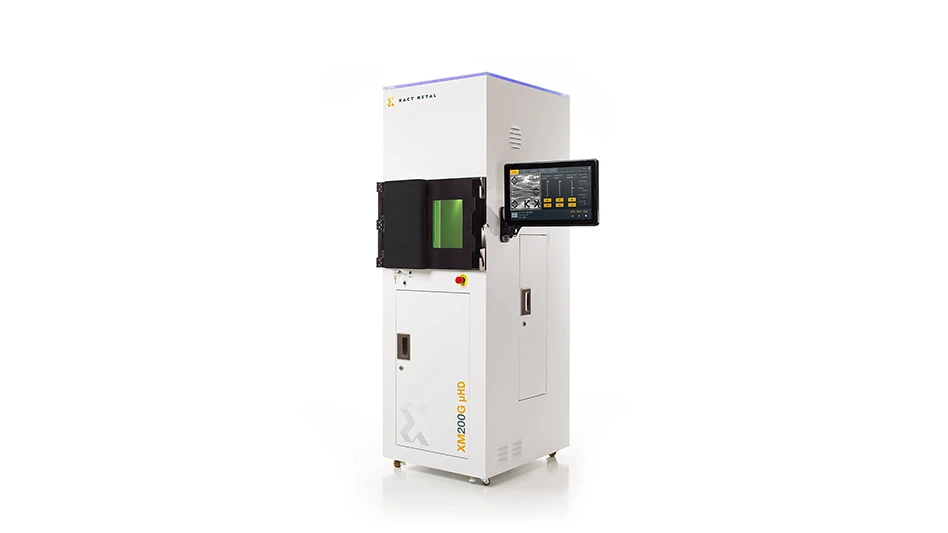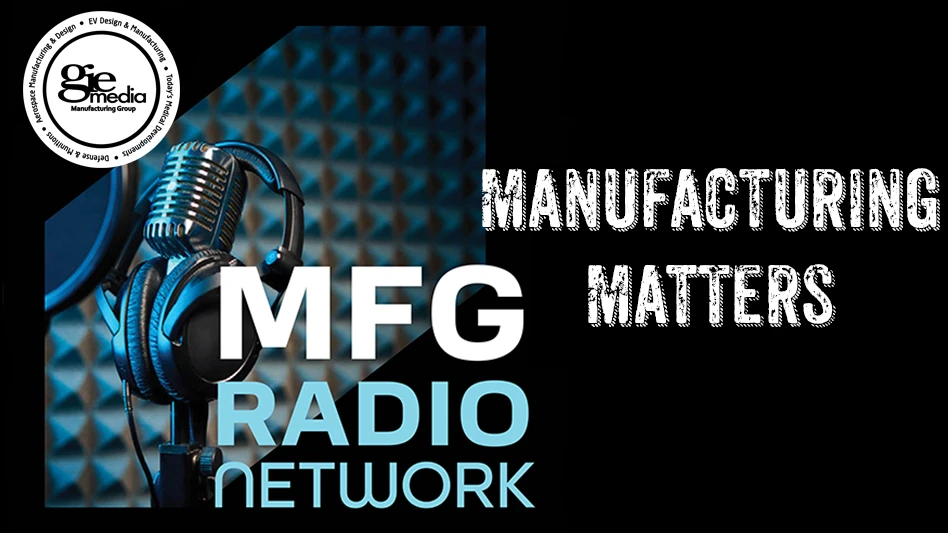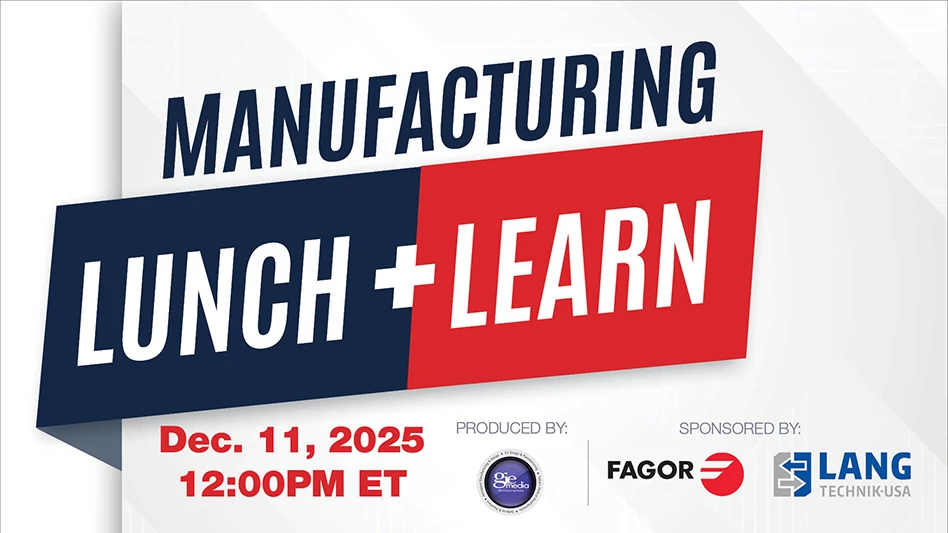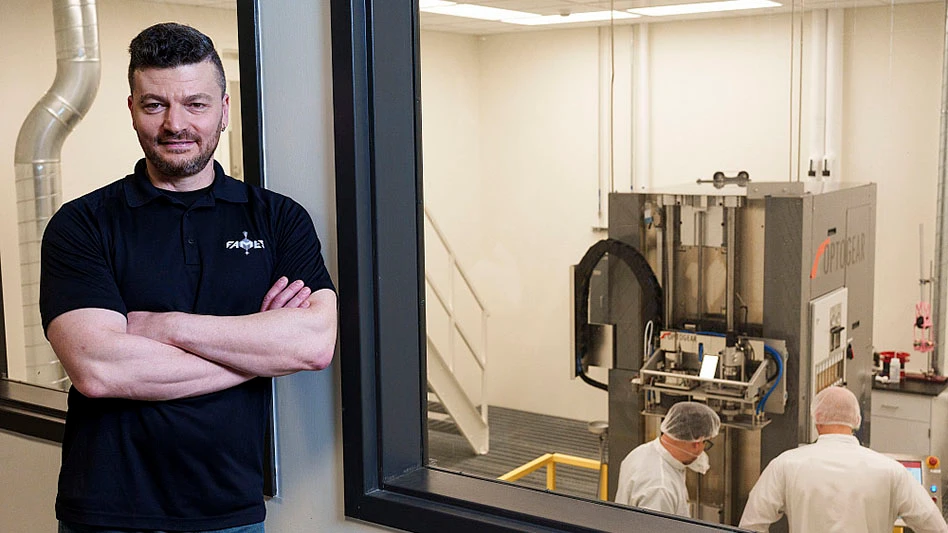
CREDIT: UNIVERSITY OF NOTTINGHAM
Laser trackers help improve precision and reduce operational costs of industrial robots, new research from the University of Nottingham says.
Published in Robotics, the new study conducted at the University of Nottingham investigates methods to improve the positioning precision of industrial robots that have undergone mechanical modifications to increase their motion resolution – the smallest distance a robot can move.
The resolution of motion within an industrial robot is limited by its integrated sensors, precision of installed control equipment, and installed software.
Industrial robots can be difficult to replace due to their heavy duty, special design and software modifications needed to increase their precision. This minimizes industrial robot downtime which contributes to lower production costs and maintenance expenses.
To improve the resolution of motion in an industrial robot, an active gripper with higher motion resolution is added to the industrial robot. This makes motion with higher resolution than originally designed motion resolution feasible.
By using laser tracker technology, the positional accuracy of the modified robots significantly improves, ensuring they meet the required operational standards.
To improve the motion accuracy of robots, a high-resolution joint is integrated into the industrial robot, and a laser tracker provides precision 3D positional feedback for the end-effector of the system - the part of the robot that interacts with its environment.
The study demonstrates that by using laser trackers, companies can effectively extend the life of older robots, reduce production errors, and reduce the costs needed to replace older robots that might be less efficient.
Analysis of select points from across 30 measurements showed an 82% improvement in positional accuracy with this method compared to the original industrial robot controller.
“Inspired by the results obtained in this study the proposed approach can be applied to a wide range of applications including pick, and place, measurement applications, and additive manufacturing.”
The full study is available here.
Latest from Today's Medical Developments
- GrindingHub Americas launches in 2027 in Cincinnati, Ohio
- Methods Machine Tools now offers the Nakamura-Tome NT-Flex
- Battelle awards $900,000 in STEM education grants to Ohio schools
- #55 Lunch + Learn Podcast with KINEXON
- Starrett and Gerstner offer limited edition, American made 1950s replica wooden machinist tool chests
- EMCO’s UNIVERSALTURN 50: The new benchmark in universal turning
- Archetype's Expertise for Equity accelerates early-stage innovation
- Stratasys expands its AM solutions with Tritone's cutting-edge technology





